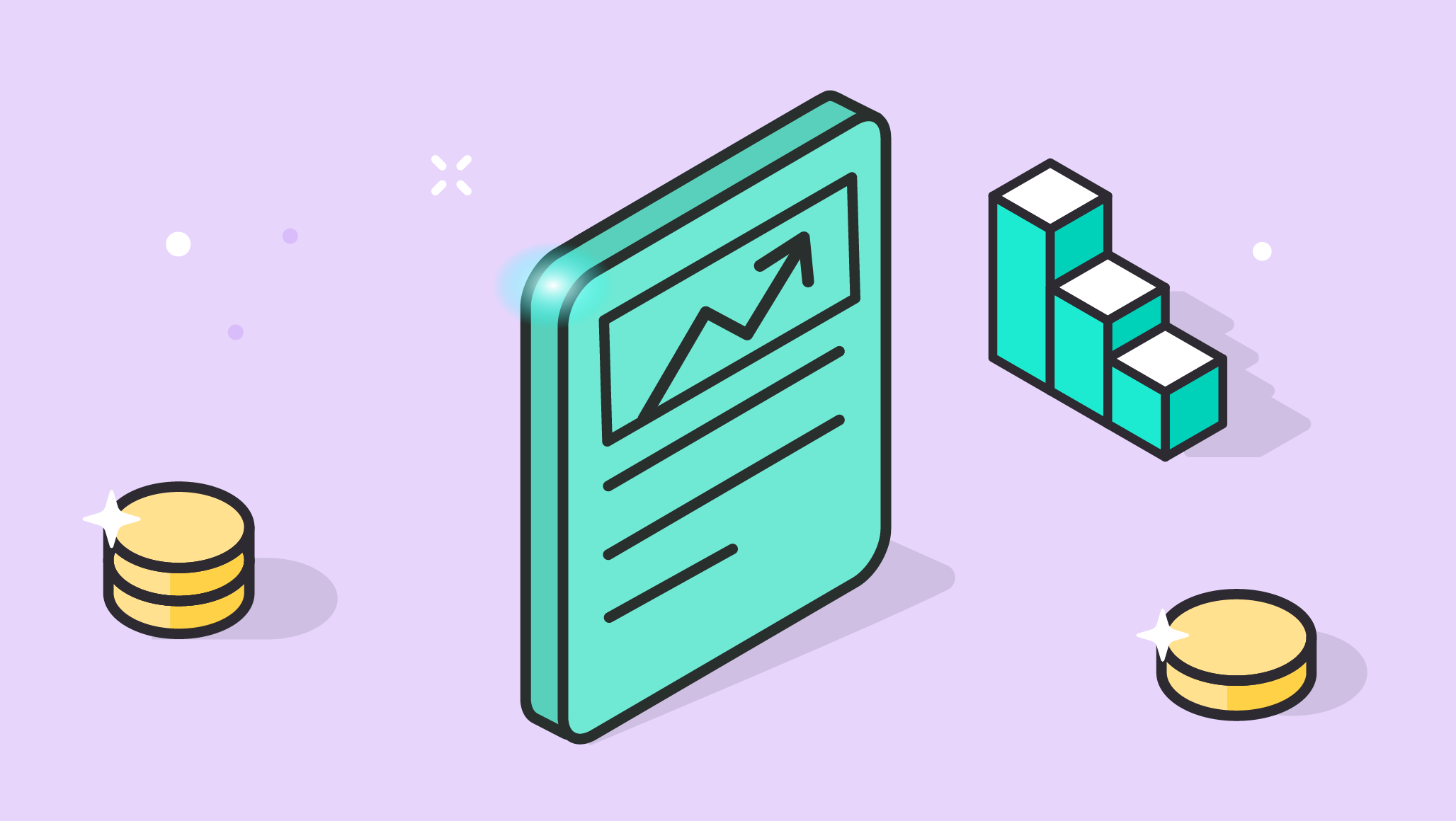- Share.Market
- 4 min read
- 18 Jun 2024
Imagine you’re planning a budget for the year. You start listing expenses like rent, clothes, groceries, entertainment, and transportation. But hold on—how much should you allocate for each category? This seemingly simple question gets complicated when prices start to rise—a term we call inflation.
What is Inflation?
Inflation refers to the general rise in the prices of goods and services over time. The price rise means that the money you used to buy something last year will buy fewer things this year for the same amount. This loss of purchasing power will impact the standard of living of people and indirectly lead to the deceleration of the economic growth of the country.
Inflation can fluctuate due to various factors, making it difficult to understand the true impact on your spending power. It includes commodities like food grains, metals, fuel, utilities like electricity and services like healthcare and labour.
Inflation rate in India (April 2023 to March 2024)
Source: Trading Economics
Here’s where core inflation comes into the picture. The core inflation gives a clear idea of inflation in the country, it excludes the factors which are out of control and avoids unwanted noise related to inflation.
Why Exclude Food and Energy Prices?
Core inflation excludes two major categories from the inflation calculation: food and energy. These categories are inclined to significant price swings for different reasons outside the overall economy’s control.
For example:
A bad monsoon or a global pandemic can disrupt supply chains, which leads to a sudden spike in food prices. But this does not show us the broader picture of the overall economy. Similarly, due to the Israel – Iran war, there is a sudden change in oil prices all over the world.
Core inflation removes these volatile components, focusing on the more stable price changes of essential goods and services like clothing, rent, furniture, transportation (excluding gas), education, and recreation. This gives us a clearer picture to accurately assess the inflation’s impact on our everyday purchases.
Core inflation data:
Understanding Core Inflation with Example
Your Average monthly spends in Pune
| Items | Amount |
| Rent | Rs 15,000 |
| Groceries | Rs 5,000 |
| Clothes | Rs 2,000 |
| Entertainment | Rs 500 |
| Total Cost | Rs 22,500 |
Now, let’s analyze this scenario with inflation:
Month 1: Your grocery bill jumps by 10% due to a temporary fruit shortage, so you will need Rs 500 more to get the same quality of fruits which you used to get at Rs 5000.
Overall Inflation: Due to this event, your overall inflation rises to 500/22,500 = 2.2%
However, this doesn’t tell the whole story…
Core Inflation: If you exclude the volatile food category, and assume that rent, clothes, and entertainment prices remain stable. So, in this case, core inflation would be 0%. This tells us that underlying price trends remain consistent, despite the temporary grocery price hike.
The Importance of Core Inflation for Consumers
Planning Your Budget: Core inflation helps you understand the long-term impact of price increases on your budget. It provides a more stable picture when deciding how much to allocate for essential expenses like rent and clothing.
Wage Negotiations: When negotiating salaries, core inflation can be a valuable tool. If core inflation is rising, it helps in strengthening your argument for a raise to maintain your purchasing power.
Investment Decisions: Understanding core inflation is important for making informed investment decisions. As prices rise, the value of your investments might need to be adjusted to keep pace with the cost of living.
How Central Banks Use Core Inflation?
Core inflation plays an important role in central bank policy. Central Banks use core inflation to evaluate the overall health of the economy and make decisions about interest rates:
Cooling Down the Economy
If core inflation is rising, this shows an overheating economy where prices are increasing too quickly, central banks might raise interest rates. This discourages borrowing and spending, ultimately slowing down inflation.
Stimulating the Economy
If core inflation is too low, it hints about a sluggish economy. In such cases, central banks might lower interest rates to encourage borrowing and spending, thus boosting economic activity and nudging inflation upwards.
The Global Context of Core Inflation
Core inflation isn’t just a national concern but it’s a global phenomenon. Countries with strong trade ties are often affected by core inflation trends in other economies due to interconnectedness in supply chains and international markets.
For instance, a rise in core inflation in a major manufacturing nation could put upward pressure on prices for imported goods, impacting core inflation in other countries as well.
Conclusion
Core inflation excludes mainly two categories: Food and energy because their prices are highly sensitive to the external which might be not in control. So central banks and individuals should always have a glance at core inflation and then look towards inflation to make accurate decisions.
